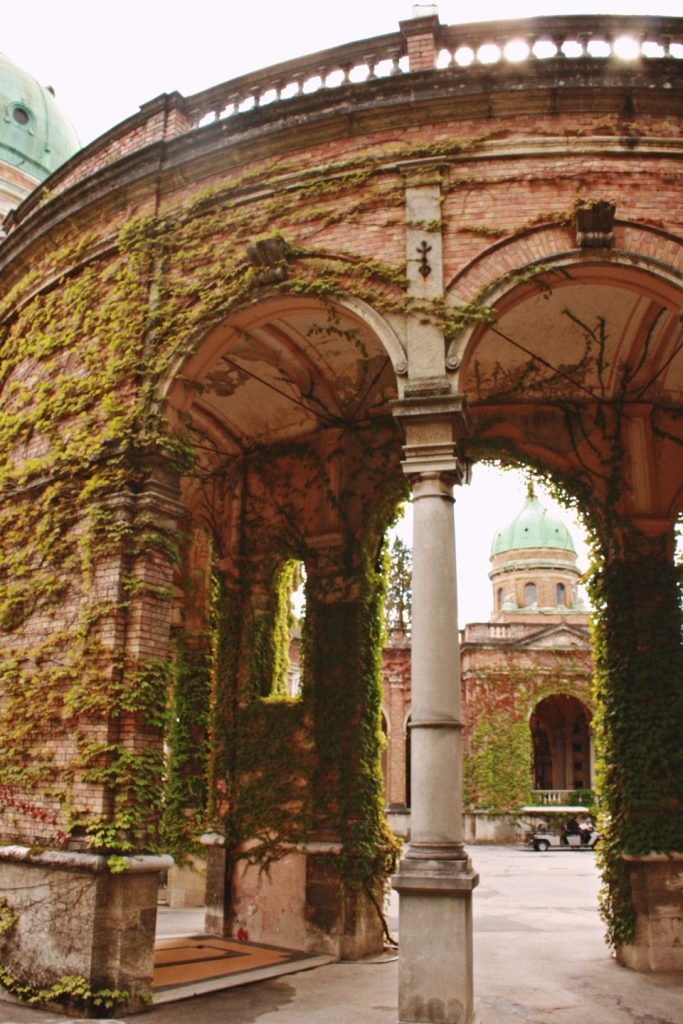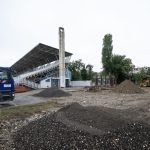Sunday afternoon is the perfect time to visit the final resting place of citizens of Zagreb, Croatian Pantheon, Mirogoj park and cemetery.
It consists of two parts separated by monumental arcades. The outer part is shaped like an English garden and the inner part is intended for burial.
The final resting places of citizens of Zagreb were built in different locations throughout history: in the 14th century there was a graveyard next to the St. Mark’s Church, there was also one next to the former St. Margaret’s Church, located at today’s Cvjetni Square, and there was shortly one at today’s Ban Jelacic Square. Cemeteries were later built outside the city centre, and they were parish cemeteries, different for different religious groups.The city did not consider building a single cemetery until Kaptol and Gradec became a single municipality that is now Zagreb, in 1850.
At the time, the city had 24,000 inhabitants and 10 cemeteries. Mirogoj was selected as the location after a long consideration. It was a hill where Ljudevit Gaj, the leader of the notable Croatian Illyrian Movement, had a vineyard, gardens and several smaller estates. Gaj fell into debts which he could not repay until his death, so the town bought the property at a public auction in 1873.The central city cemetery was built during the next three years. It was divided into sections for different religions, each consisting of three different classes.Gaj’s park remained the same, and all the paths were lined with linden, maple, spruce, wild chestnut, and other trees.
It was officially opened on 6 November, 1876, and Miroslav Singer, the first person to be interred there, was buried the next day.
Herman Bolle, a notable Austrian architect who rebuilt the most of the city after the earthquake, designed two long series of arcades with a central dome that connects them. The construction of the big arcade was completed in 1898, and the building of some of them was financed by wealthy individuals who wanted to be buried there. The interior exudes a monumental and solemn feeling, and the outer walls are covered with ivy that creates a real firework of colors every fall.
Bolle designed the Chapel of Christ the King, but, unfortunately, he died one year before its completion in 1927.
The morgue, designed by Bolle, was built in 1886. It is separated from the cemetery complex, but its style and function are in harmony with it. It is interesting that a hundred years ago, only one burial per day was allowed in Mirogoj.
The cemetery is a kind of art gallery as well. It contains sculptures made by famous Croatian sculptors Augustinčić, Meštrović, Frangeš Mihanović, Dušan Džamonja, and there are also memorials to people killed in the Croatian War of Independence and World War II.
The cemetery exceeded its capacity of 100,000 buried people in 1928, so it had to begin to move outside the arcades – to the north and south sides. The crematorium was built in 1985, and its southern side leans against the arcades.
Mirogoj is a burial place for many notable Croatian People: politicians Stjepan and Pavle Radić, count Janko Draskovic, Herman Bolle himself, and also famous Croatian writers A.G.Matoš, Ante Kovačić and Miroslav KrležaThe first Croatian president, Dr. Franjo Tuđman is buried here, as well as the NBA player Dražen Petrović.
In 2002, the cemetery became part of the Association of Significant Cemeteries in Europe, an association which promotes awareness about the historical and cultural importance of cemeteries.
You can catch a 106 bus departing from Kaptol and enjoy the peace and tranquility of one of the most beautiful cemeteries in Europe.









